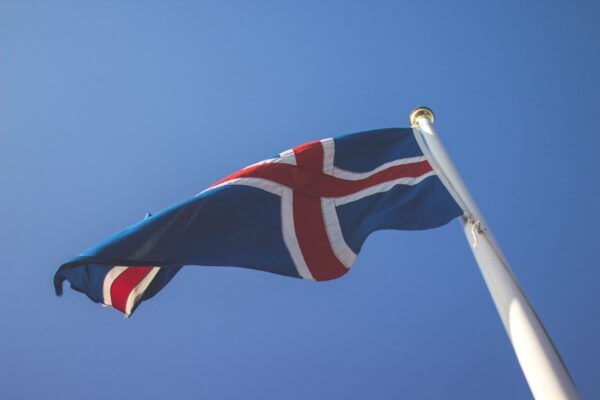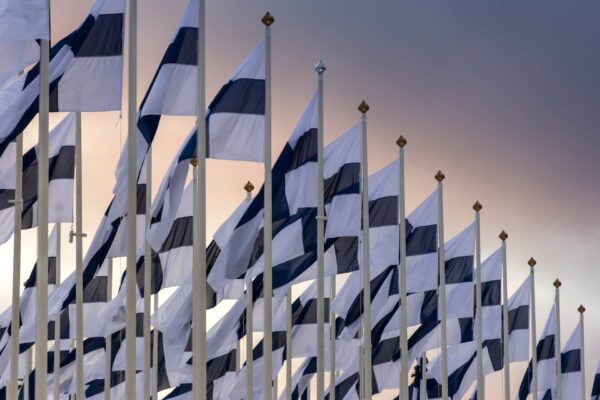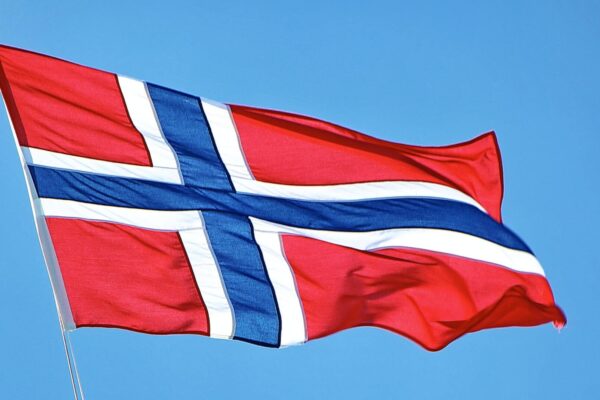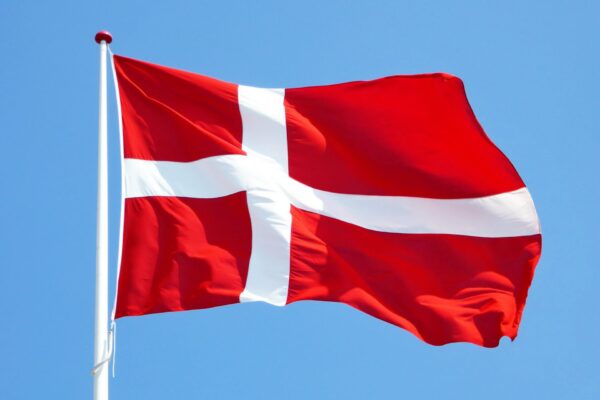The flag of Sweden is based on the Dannebrog, the Danish flag, which is one of the oldest flags in the world and was the first to use the so-called Scandinavian cross, also known as St Philip’s cross. The Swedes adopted the symbolism and combined it with their national colours. Find out here what the Swedish flag means, where it has its historical roots and pictures of the Swedish flag.
What does the Swedish flag look like?
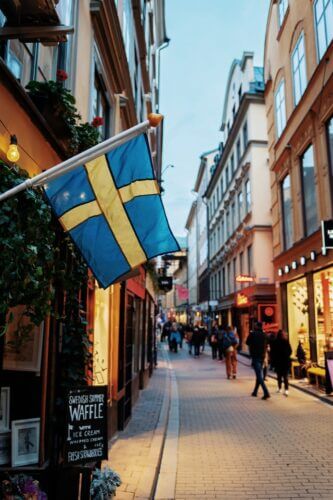
Not only are the colours defined, but their relationship to each other is also precisely regulated. The Swedish Flag Act of 1982 states that the colours of the Swedish flag must be a light mid-blue and golden yellow.
The general aspect ratio is 16:10 and the sides of the flag are then divided into 16 or 10 equal lengths to reflect the length of individual elements. The length is divided into 5 units for the first blue field, 2 units for the yellow stripe of the cross and 9 units for the second blue field. The two blue fields, each 4 units long, are separated in height by a yellow stripe that is also 2 units wide.
History of the flag of Sweden
Origin of the Danish flag
Late Middle Ages: Origin of the Dannebrog
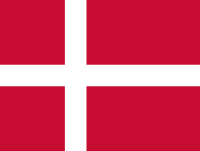
The history of the Swedish flag begins with the creation of the Danish flag, which is considered one of the oldest national flags in the world and the forerunner of all Scandinavian flags. An exact date of origin is not known. You can find more detailed information on this in our article on the Danish flag.
The flag of the Kalmar Union
The Kalmar Union, an alliance of all three Scandinavian states dominated by Denmark, existed in Scandinavia from 1397 to 1523. The flag of the Kalmar Union, also known as the flag of the North, also shows a Scandinavian cross, which was probably taken from the Danebrog, while the colours come from the Norwegian coat of arms.
Early modern times: The beginning of the Swedish flag
1569: First documentation of the Swedish flag
The flag of Sweden as we know it today was first documented in 1569, the year in which King John III suggested standardising all the flags of the Swedish Empire. He demanded that the cross in the coat of arms should appear on all flags and banners in the realm.
1663: The Swedish Flag Act establishes the Union canton
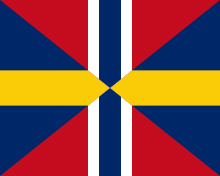
Almost 100 years later, in 1663, the exact design was laid down in the Flag Act. The only difference to its current appearance is the so-called “canton”, which was part of the flag from 1844 to 1905. In flag lore, a “canton” is a rectangle in the upper left corner of a flag. It shows another symbol, coat of arms or another flag. In the case of Sweden, the so-called “Union Canton” represented Norway, which the Swedish king also ruled at the time. You can find more information on this in our article on the flag of Norway.
20th century: The introduction of today’s Swedish flag
1905: Introduction of the Swedish royal flag
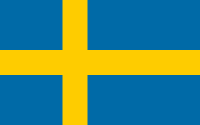
The Swedish flag as we know it today was officially introduced on 22 June 1906.
Meaning of the Swedish flag
Both the colours and the cross of the Swedish flag have a meaning that derived from history. Due to historical similarities with other Scandinavian countries, most of the flags in use in Scandinavia are similar, from the national to the local level. Nevertheless, each flag has its own meaning and history. You can find out what the flag of Sweden means here.
Scandinavian cross: the Swedish flag as a pioneer
The Scandinavian cross, also known as St Philip’s cross, can be found on the flags of all Scandinavian countries and goes back to the Danish flag. While there is an original religious reference, today the Philippus cross symbolises the community of the Scandinavian countries: the elongated cross can also be found on the Norwegian flag, the Finnish flag and the Icelandic flag. Even the majority of regional flags and territorial flags, for example those of the Faroe Islands and the Åland Islands, bear it.
Swedish colours: from the national coat of arms to the flag of Sweden
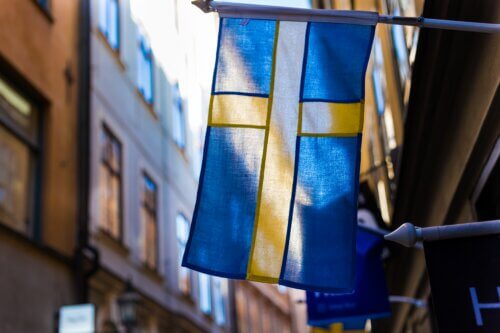
The colours of the Swedish national flag originally come from the national coat of arms. This in turn is linked to the coat of arms of the royal Wasa family, who led Sweden to independence in 1523 under Gustav Wasa and ruled until 1654. The colours blue and yellow are described in the Swedish Flag Act of 1982 as light mid-blue and golden yellow.
Flag protocol: when is the Swedish flag hoisted?
The Swedes have a flag protocol that applies to public institutions. Similar to Denmark’s flag protocol, this states that the flag should be hoisted at 8.00 am (9.00 am in winter) and lowered at sunset.
The Swedish flag is flown on public holidays such as New Year, Christmas and Easter, but also on Swedish public holidays such as Midsommar or the Swedish National Day on 6 June. The flag is also flown on some birthdays and name days of the Swedish royal family, such as Gustav Adolf’s Day on 6 November. You can find a complete list of all flag-flying days here.
| 01/01 | New Year’s |
| 28/01 | King Carl XVI Gustaf’s Name Day |
| 12/03 | Crown Princess Victoria’s Name Day |
| Sunday in March/April | Easter Sunday |
| 30/04 | Birthday of King Carl XVI Gustaf |
| 01/05 | Labour Day |
| Sunday in May/June | Pentecost Sunday |
| 29/05 | Veterandagen |
| 06/06 | National Day |
| Saturday in June | Midsummer |
| 14/07 | Birthday of Crown Princess Victoria |
| 08/08 | Queen Sylvia’s Name Day |
| 24/08 | Day of the United Nations |
| 06/11 | Gustav Adolf Day |
| 10/12 | Noble Day |
| 23/12 | Birthday of Queen Sylvia |
| 25/12 | First Christmas Day |
